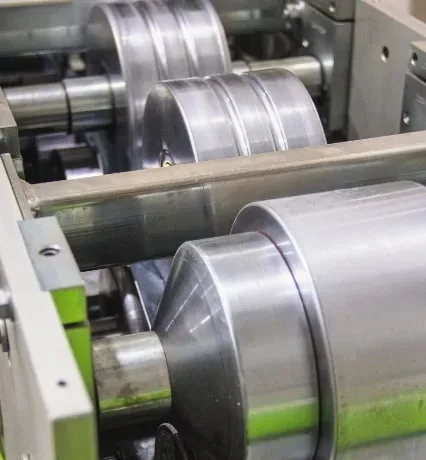Houses have been built with wood for hundreds of years. Old growth trees make a good building material. However, a dwindling supply of old growth trees and environmental concerns have caused the quality to diminish.
Today, it is clear that there is a need for a new building material. Despite the myths that still surround the use of light gauge steel framing, it has come to the forefront as the best and most feasible alternative building material for residential and light commercial construction.





















